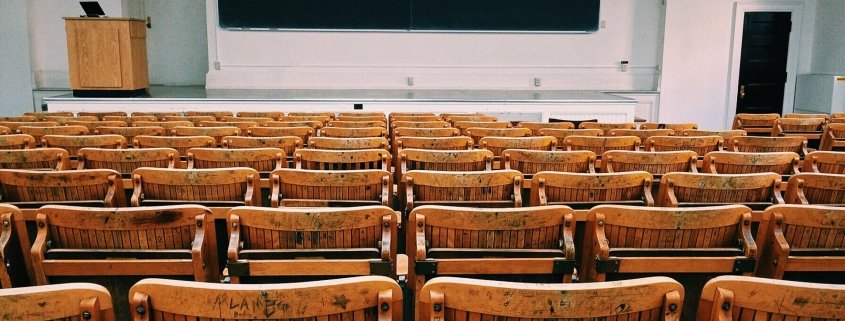Hungary COVID-19 education Response

Schools have been closed since Monday, 16th March. The Prime Minister announced it in a televised speech, and they call it digital working order rather than school closure. The arrangements have no official end date, but the common assumption is that it will continue into the schoolyear of 2020/2021. The announcement was made at 8.30 pm on a Friday and obliged the schools to start this digital working order on Monday morning while children were forbidden to enter school buildings. They have relaxed the rules a few days later to allow the children of essential workers to be at school for childcare.
Teachers are obliged by the national school authority to provide actual teaching digitally for the compulsory number of lessons and to follow the curriculum meticulously. This means that children are at school digitally from 8 am until early afternoon and they have “homework” after that that they are obliged to send to the teachers. This creates a nearly impossible situation in families with more than one child, especially if either or both of the parents also need to work from home. In the majority of schools there is no single platform teachers use, so many students and their parents also struggle with having to use several platforms in a single day. The majority of teachers are untrained and inexperienced in digital learning. They do not receive professional support officially, but there is a lot of self-organised support, especially on Facebook. However, according to research data about 20% of children cannot and have not been reached by these digital provisions due to lack of devices or internet connection. In about another 20% of families there are no possibilities for multiple connections having only one suitable device. Many families were forced to also buy printers as most activities, especially homework is to be printed, hand-written, and sent back as a photo. There is no state or municipal solution for this problem, but some NGOs try to bring devices and connections Some municipalities have introduced visits to families not connected to see if children are actually inside the house from 8 am to 4 pm in the case of primary students and 8 am to 2 pm in the case of secondary ones. If they are not inside, their “unjustified absence from school“ is recorded. 5 days of unjustified absence leads to a withdrawal of family support for a year, and these are those families in real need.
Final exams at secondary school, the so-called “Matura” should start on 5 May, and there is no official decision on their organisation at the time of writing, 13 April. As for vocational training, those students, who have a compulsory practice they cannot do it, will not be allowed to pass.
Universities are also closed, they were closed on 11 March and students are not allowed to enter the buildings. Most universities had started this period with a short emergency break of a few days followed by a Spring break held earlier than normal, so there was about 3 weeks to prepare for switching to distance learning. At universities the biggest challenges are the lack of experience of teachers and the closure of libraries as most study material in Hungarian is only available in physical copies. Many students expect to not be able to finish their studies as they cannot finish their thesis, cannot do laboratory work or – in case of dual training – their practice. Some universities are hoping for a possibility to re-open and they officially extended the semester until the day before the start of the new one in September.


Leave a Reply
Want to join the discussion?Feel free to contribute!